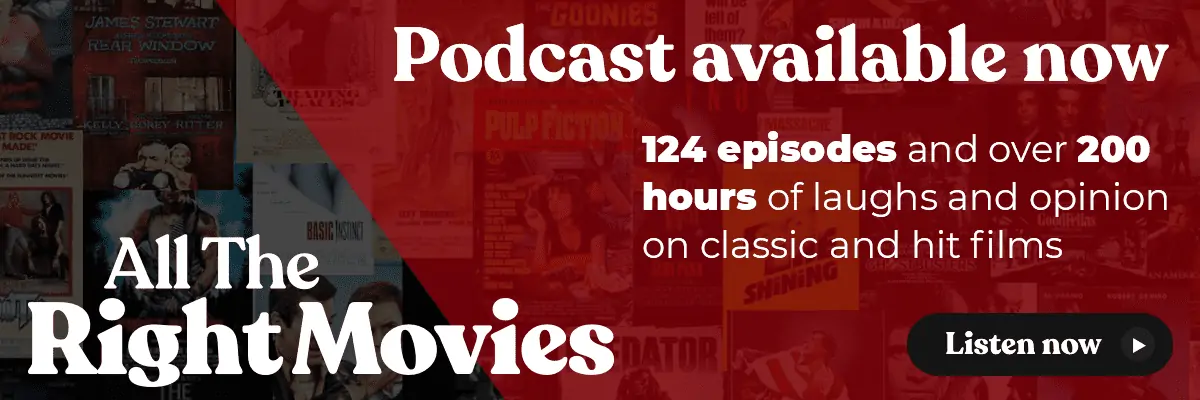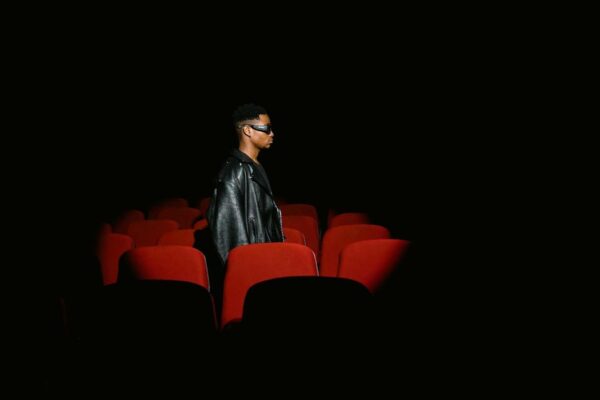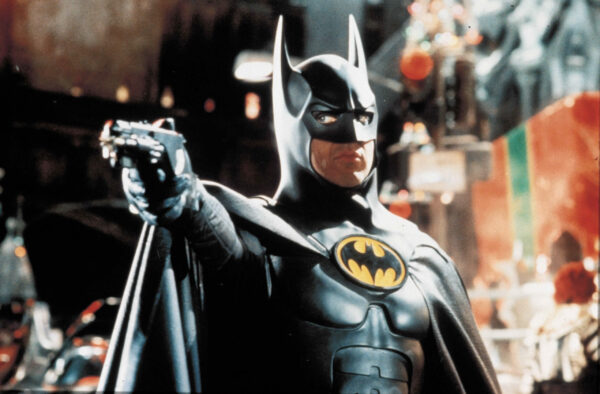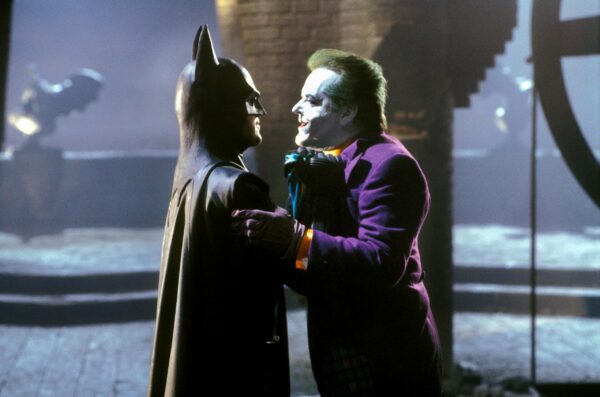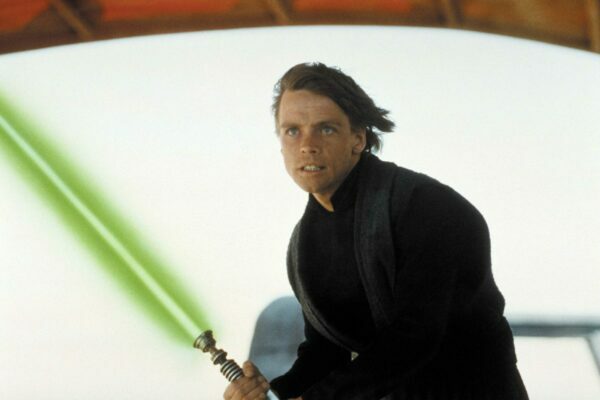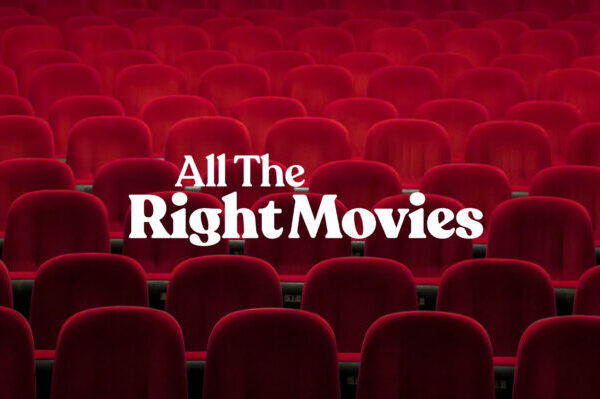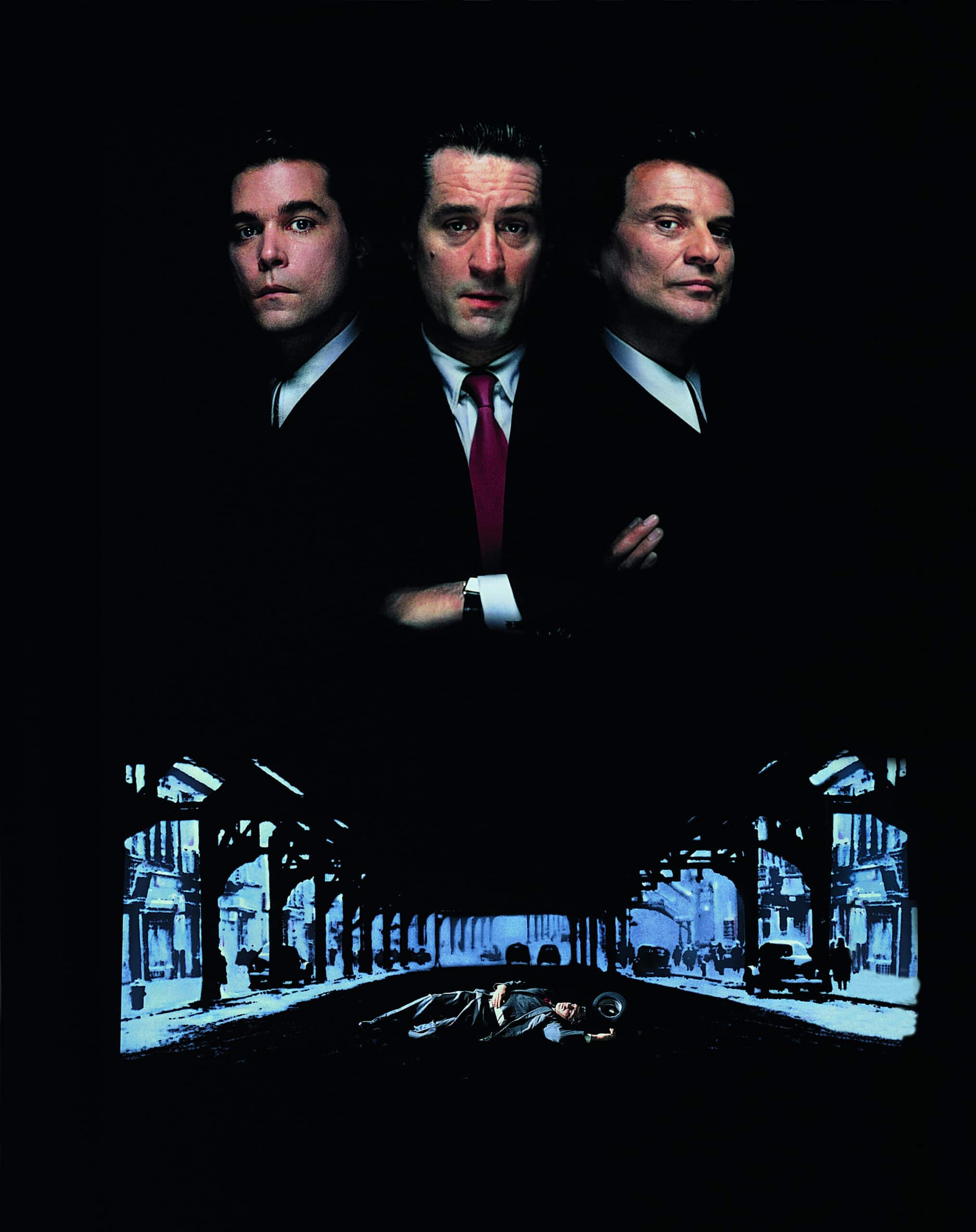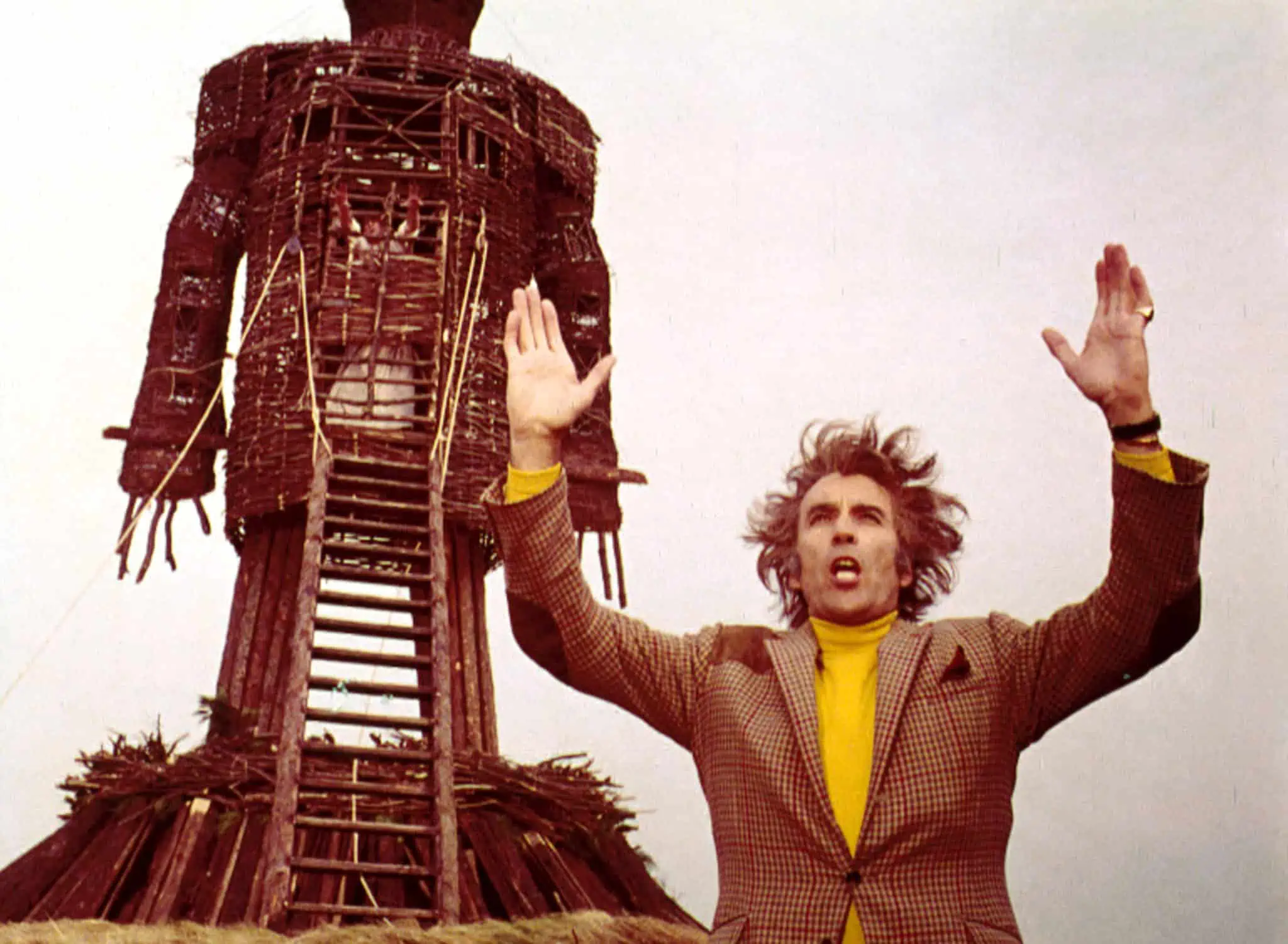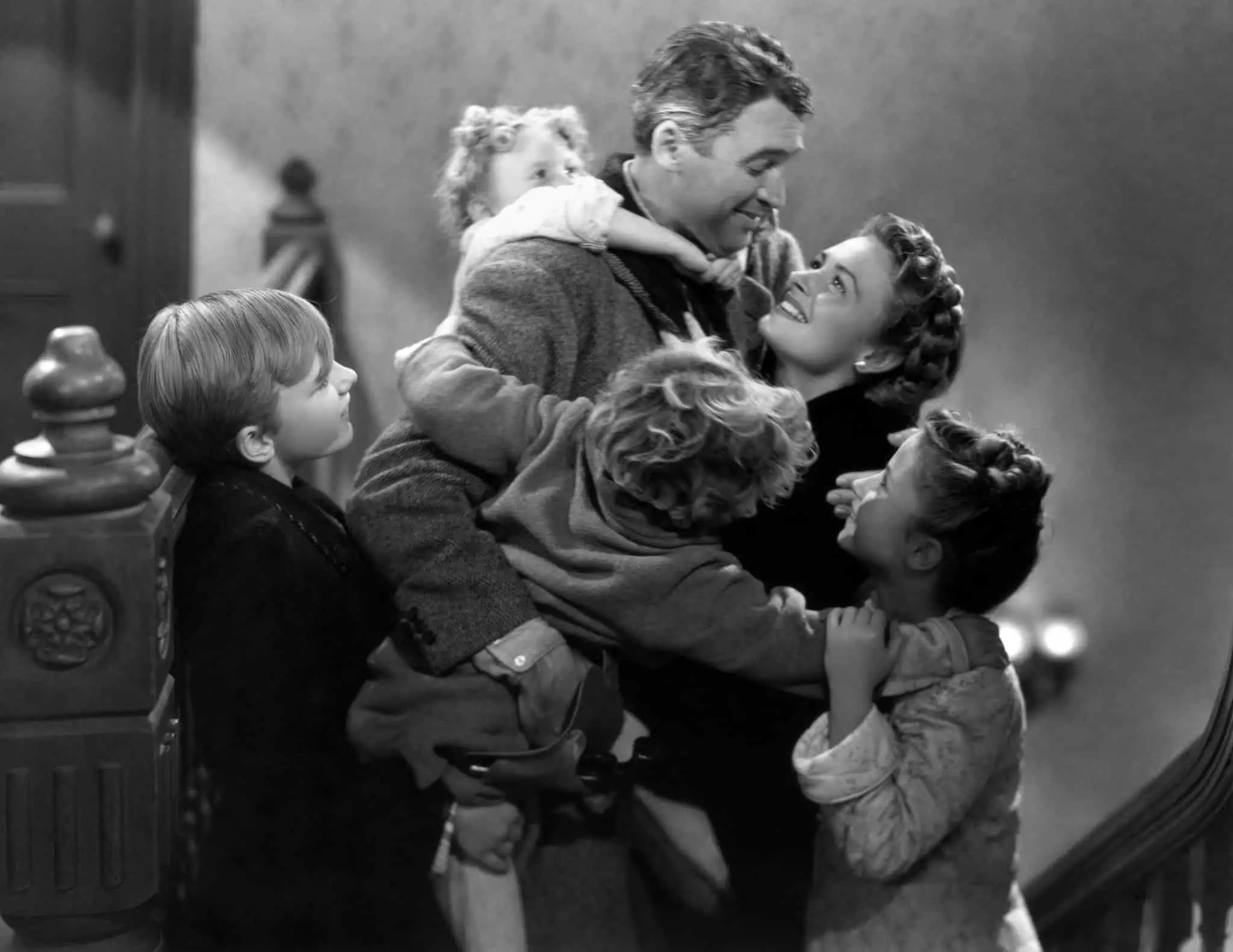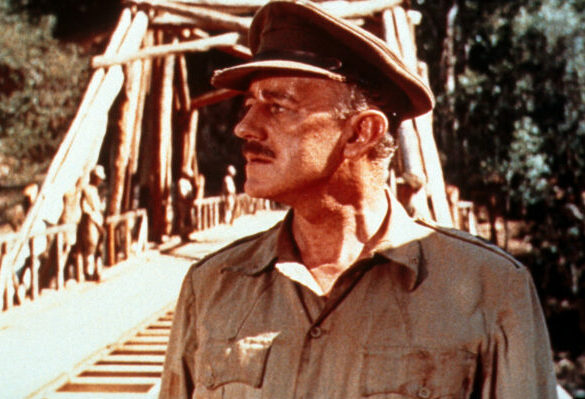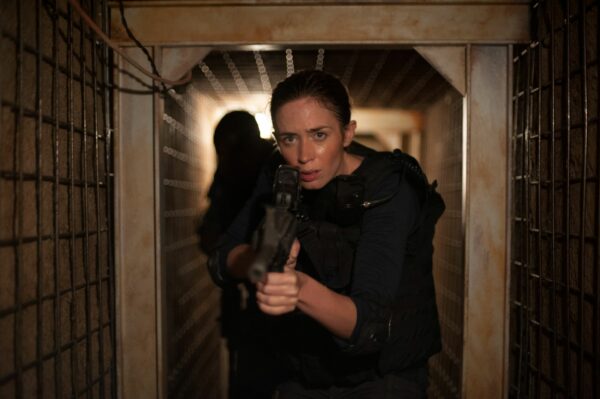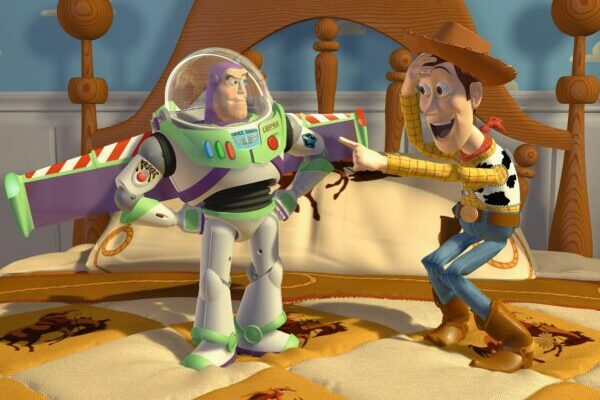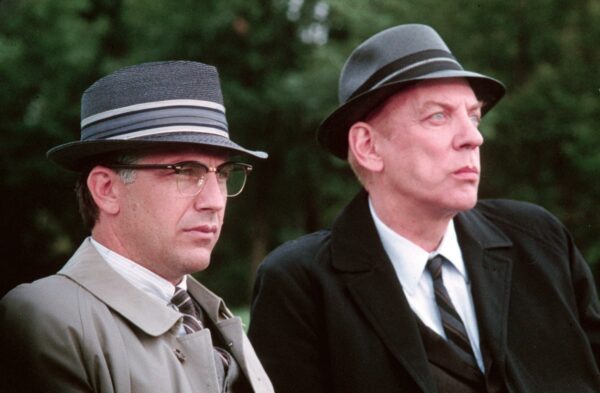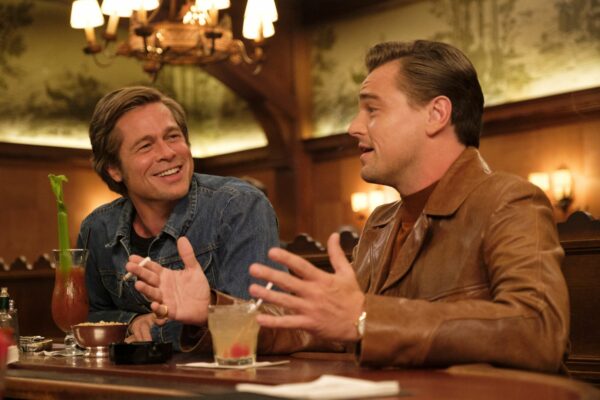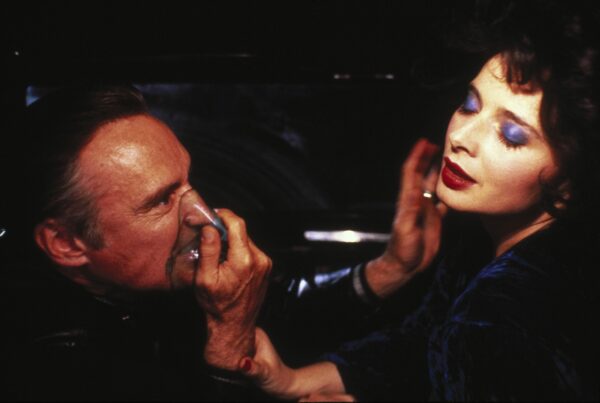
Psycho (1960) is one of those very rare films that seem to exist apart from the rest of cinema – transcending its genre as well as proving a definitive moment in the history of Hollywood. Nick Bartlett is here to relay the most interesting, fun facts about Psycho – an all-time classic.
We can argue all day about what the greatest Hitchcock film is – but there can be little argument that Psycho is his most iconic. The definitive proto-slasher film, every serial killer film that followed would take its cue from Hitchcock’s film. From Halloween (1978) to Zodiac (2007), they all owe a debt to Psycho. Here are some of the more interesting facts about Psycho.
1. Psycho wasn’t expected to be a success
It’s almost unthinkable now, but there were a lot of doubts surrounding Psycho before it was released. Despite Hitchcock being a huge name, Paramount were still reluctant to finance what they viewed as a sleazy horror film. Certain that it would be a commercial failure, they deferred almost all of the rights to Hitchcock. A move they would regret when the film became the director’s biggest commercial success.
2. It was very cheaply made
With the reluctance of the studio, Hitchcock was forced to save money wherever possible. He used many of the crew from TV show Alfred Hitchcock Presents to work on the film. And, despite having already made 8 films in colour by this point, Hitchcock shot Psycho in black and white to save money. Ironically, it’s now acclaimed as one of his most visually impressive films.
Psycho was made on a shoestring budget – Hitchcock boasted that he made the film for $800,000. It would go on to make over $50 million at the box office.
3. A real life serial killer was an influence
As with subsequent horror films The Silence Of The Lambs (1991), Henry: Portrait Of A Serial Killer (1990), The Texas Chainsaw Massacre (1974) and many others, Robert Bloch’s original novel of Psycho (published in 1959) was based on the real life serial killer and grave robber, Ed Gein. The infatuation with his mother and obsessive interest in taxidermy are elements taken directly from the actual Gein.
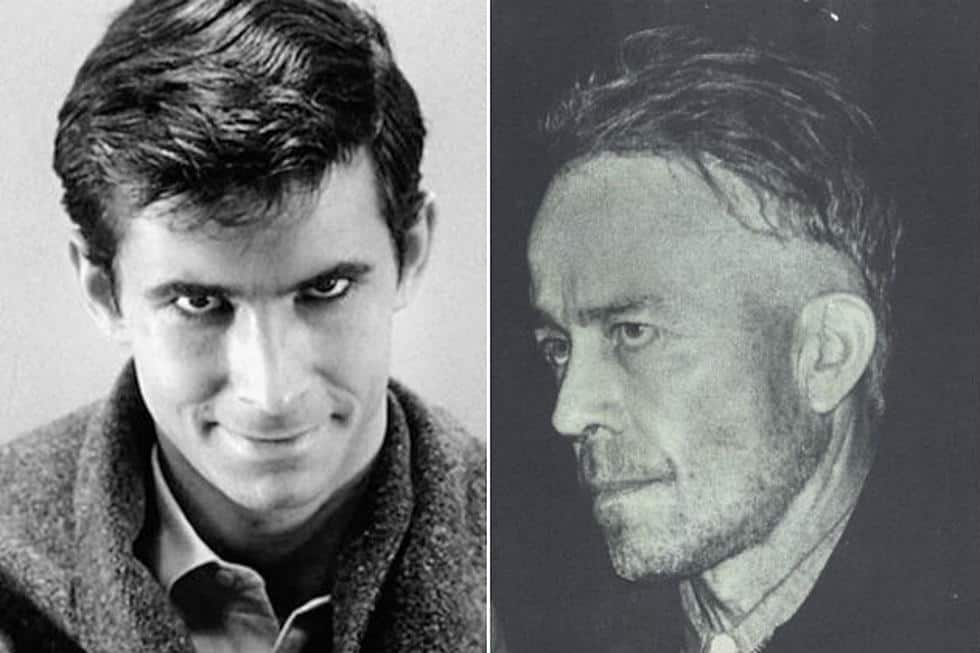
Norman Bates alongside Ed Gein, an inspiration for Psycho
4. A classic French thriller was an inspiration too
Hitchcock was a huge fan of Les Diaboliques (1955), Henri Georges Clouzot’s thriller about two women who plan to murder their abusive lover. Hitch was so enamoured with the French classic he tried – and failed – to buy the rights. Subsequently, he requested that his crew on Psycho watch the French film before shooting.
Like Psycho, Clouzot’s film has a pivotal scene set in a bathroom. It’s just as disturbing as the shower scene, albeit in a very different way.
And, this might be apocryphal, but it’s said that after Psycho was released, Hitchcock received a letter from an outraged father. The father stated that after seeing Les Diaboliques, his daughter had refused to have a bath and now, after seeing Psycho, she wouldn’t take a shower either. Hitchcock supposedly replied with a characteristically dry note that just said: “send her to the drycleaners.”
The trailer for Les Diaboliques, a major influence on Psycho
5. Norman Bates is very different to the original novel
In Robert Bloch’s novel, antagonist Norman Bates is described as 40 years old, overweight, balding and unsympathetic – essentially your generic idea of a stereotypical serial killer.
Anthony Perkins – who played Bates in the movie – was, however, 28 years old, skinny and handsome. Immediately, a more disarming kind of villain. Even when we know the truth about the murders, Perkins injects the character with nuance and a vulnerability that makes Norman more symapthetic.
Perkins’ performance has gone down as one of the most crticised Oscar nomination omissions in history. Janet Leigh was nominated for Best Supporting Actress, but that was the first Oscar nod for an actor in a Hitchcock film since Claude Rains in 1946’s Notorious.
Anthony Perkins as Norman Bates in Psycho
6. Hitchcock had to be convinced to use the iconic music
The iconic string score to Psycho is one of the most famous pieces of film music ever composed. Hitchcock himself has been quoted as saying that at least a third of the film’s success is due to composer Bernard Herrmann. Hermann had previously written the score for Hitchock classics Vertigo (1958) and North By Northwest (1959).
Originally, however, Hitchcock didn’t want any music played at all during the shower scene. Herrmann volunteered his legendary score of piercing strings anyway, and the rest is history. Hitchcock would have his way in his following film The Birds (1963), where Herrmann was hired as the composer and essentially just co-ordinated the various bird noises.
(The score was later lifted almost entirely wholesale for Stuart Gordon’s Re-Animator.)
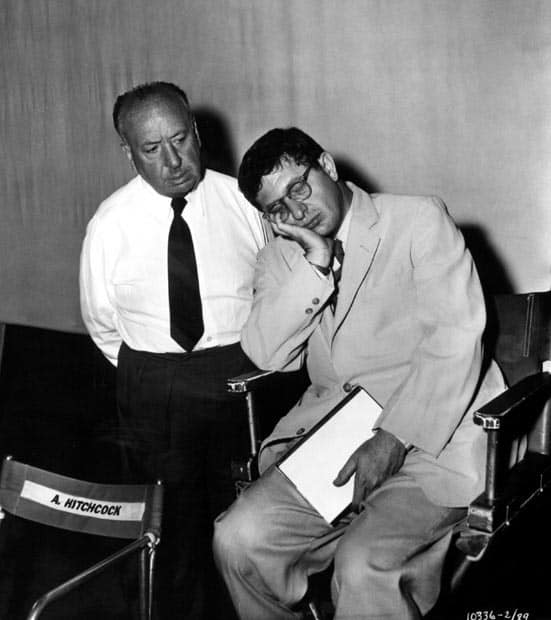
Bernard Herrmann and Hitchcock
7. Hitchcock’s own daughter makes an appearance
Hitchcock cast his daughter – Patricia – in a handful of his films over the years, most notably as Farley Granger’s excitable sister-in-law in Strangers On A Train (1951). She was never better utilised, though, than as the chatty, self-obsessed receptionist Caroline in Psycho. Her charmed life grates on Marion, and perhaps subconsciously plays a part in her decision to steal the $40,000.
She’s wonderful in her brief role. She coyly observes the businessman flirting with the beautiful Marion, before adding, “he must have seen my wedding ring.”
Her appearance also coincides with Hitchcock’s usual cameo outside Marion’s office. In later films, the director would always make appearance early on, so the audience wouldn’t get distracted.
Patricia Hitchcock in Psycho
8. Hitchcock allowed his actors more freedom than ever before
As a rule, Hitchcock tended to not allow his actors to improvise. He famously said actors should be, “treated like cattle”. Generally, he preferred working with famous personalities like Cary Grant and James Stewart rather than actors known for their versatility. He would give very specific direction and expect the actors to follow his direction to the letter.
All of which makes Psycho something of an anomaly, as both Anthony Perkins and Janet Leigh were given free rein to improvise in places. Something unprecedented on a Hitchcock film. His two stars have a lot more room to breathe and as a result the characters feel more real, more vital than any other Hitchcock film. One example is the candy corn that Norman is constantly eating. As the net tightens around him, his jaw nervously works away, betraying his calm exterior. This was entirely Perkins’ idea, but Hitchcock liked it so much he kept it in the film.
9. Psycho was Hitchcock’s most naturalistic film
The free rein given to his actors meant that Hitchcock got some of the most natural performances of his filmography. Rather than extended speeches or showy dialogue, a large portion of the film features no dialogue, relying instead on theactors non-verbal performances. For example, Marion’s internal monologue while driving; Janet Leigh’s facial performance tells you all you need to know.
Hitchcock shot the film using 50mm lenses on 35mm cameras. This is a technique often used by acclaimed director Yasujiro Ozu to accomplish a natural aesthetic. That lens size gives the closest impression of a human field of vision. (Apparent in the scenes where Norman spies on Marion).
10. Two great acting pros were applauded by the crew
After Perkins and Leigh, Martin Balsam gives the most memorable performance in Psycho as the ill-fated private detective Arbogast. Introduced in an extreme close up, he’s a wonderful sketch of a character, and his death scene is one of the most beautifully constructed sequences in the film.
The scene that precedes his fateful encounter with mother is just as impressive. On the surface it’s a throwaway scene between him and Norman, but it’s full of dread and suspense as each actor does precisely what they need to, showing not telling. Norman is a bundle of nerves, his jaw working intensely and stuttering under questioning. Meanwhile Arbogast comes across as incredibly competent, outwardly self-assured and friendly, but we are under no illusions that he buys Norman’s story.
The first time Hitchcock shot the scene, he encouraged Balsam and Perkins to overlap their dialogue, giving the scene a dynamism of its own, and just let the actors go through the whole scene without cutting. The crew were so impressed by watching two great actors finding their rhythm together that when it was over they gave them a round of applause.
The scene between Antyhony Perkins and Martin Balsam that earned them a round of applause from the crew
11. Marion’s death was a lot nastier in the novel
The shower scene is the most famous part of the film – one the most famous scenes of all time, in fact – and was supposedly the primary reason for Hitchcock purchasing the rights to the story.
While it is still a shocking moment today, Robert Bloch’s original novel went that little bit further. In a gruesome sequence in the book, Norman doesn’t just stab Marion to death, he then decapitates her, too. When screenwriter Joseph Stefano raised this with Hitchcock, the director reportedly said, “Oh my, no. We can’t cut Janet Leigh’s head off.”
12. A special shower head had to be made
Hitchcock worked with designer Saul Bass to create storyboards for the shower scene and picked out each specific shot he wanted, then set out to achieve these on film, some of which were a little harder to accomplish than you might imagine. For one shot of water coming out of the shower head, production made up a six foot shower head and rigged it so the water sprayed around the lens without getting it wet, and the blood itself is made up of chocolate syrup, which shows up a lot more vividly in black and white than fake blood.
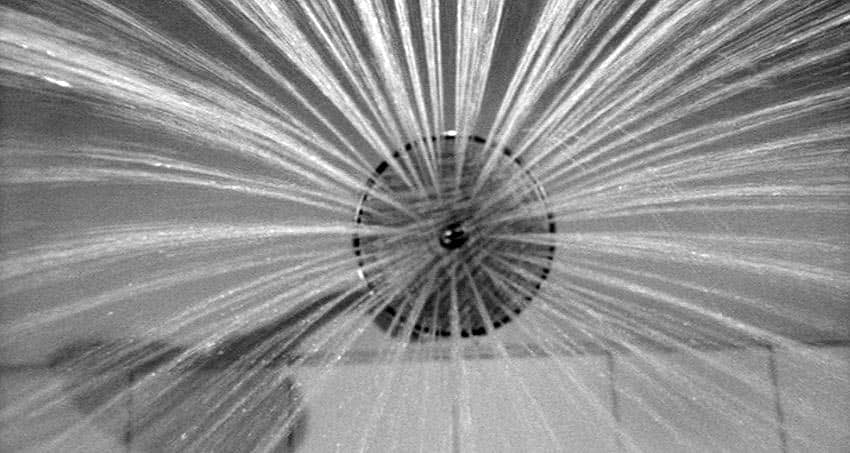
The shot looking upward into the shower head, without a drop of water appearing on the camera
13. There is a very brief graphic shot
One of the most famous pieces of trivia that circulated for years was that despite the frantic cutting and disturbing nature of the shower scene, you never actually see the knife entering Marions torso. For years, Janet Leigh maintained that there was no such shot, but there actually is the briefest shot of the knife going into Marion’s stomach.
When showing the shower scene to the production code executives, they demanded that Hitchcock remove a few frames that showed nudity/the stabbing, but Hitchcock insisted that there were no such shots in the film, and because they happen so quickly, when he showed them the sequence again the execs bought it!
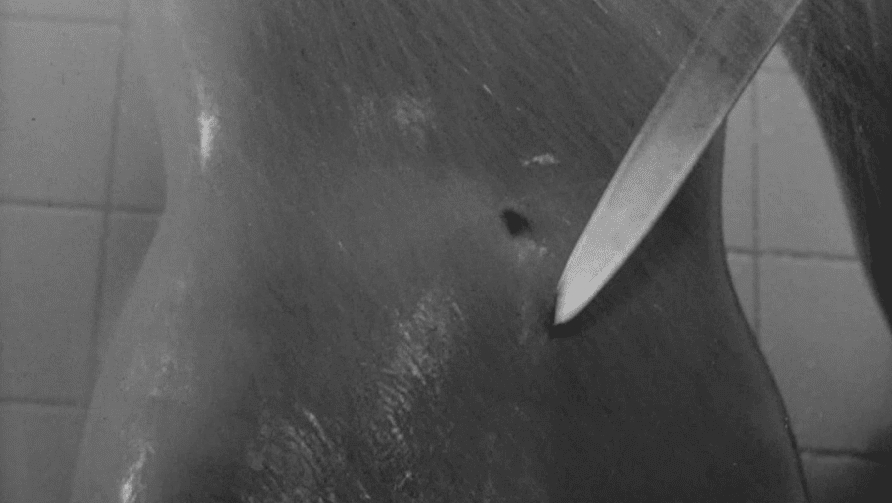
The only shot in the scene where we see the knife come into contact with Marion
14. The film includes a famous first
Another first for the film comes in the shower scene. The moment we see Marion flushing the toilet was the first toilet flush ever seen and heard in a Hollywood film.
Stefano wanted to include a toilet flush in the scene for realism, and Hitchcock advised him to make it integral to the plot so it couldn’t be removed. As such, the screenwriter came up with the scene where Marion writes down some incriminating maths and then flushes the paper down the toilet. Then Hitchcock sent Stefano to defend his decision to the production code executives.
Marion flushes the toilet and makes history
15. Hitchcock wanted us to identify with Norman
With the main character in Marion dead, Hitchcock faced a challenge. As Stefano said himself, “the movie is over unless we get the audience to care about Norman.” It was essential after the death of Marion for the audience to transfer their affection over to Norman – the only other major character in the film.
To accomplish this, Stefano wrote in a scene where Norman methodically cleans up the murder scene, followed by a sequence where he dumps Marion’s car in a bog. It’s a staple of Hitchcock’s films, to put the audience in the awkward position of identifying with the villain, if only for a moment, and Psycho does this in the most elegant way possible. There’s just a brief moment second where the car stops sinking for just a few seconds before it’s completely submerged. And it’s impossible to watch and not feel apprehensive on behalf of Norman.
Norman sinks Marion’s car
16. Even the most criticised scene serves its purpose
The penultimate scene in the film sees psychiatrist Dr. Richmond explain the full extent of Norman’s illness. It’s an admittedly clunky monologue that has often been cited as the one imperfection in an otherwise perfect film. Even Hitchcock seemed to have his doubts, referring to the scene as a, “hat grabber” (a scene where you grab your hat on your way out of the cinema!) However, it has a purpose, offering a resolution to the narrative. Actor Simon Oakland nailed the speech in his first take, after which Hitchcock shook his hand and said, “Thank you very much Mr Oakland, you just saved my picture”.
Dr. Richmond’s monologue
17. There is a very powerful – but barely audible – line of dialogue
It’s very easy to miss but there’s a line that sums up the psychiatrist’s speech perfectly in the film’s climax. As Norman bursts into the fruit cellar to kill Lila Crane (Vera Miles) he screams something. It’s almost drowned out by Herrmann’s score but, if you listen carefully, you can pick out the words, “I am Norma Bates!” It’s a tiny detail but devastating – it confirms that Norman is no longer in control, and has been taken over by his dead mother.
Norman screams “I am Norma Bates!”
18. The role of Norman hindered Anthony Perkins’ career
The role of Norman Bates would go on to define the rest of Anthony Perkins’ career – he played the character again in three Psycho sequels, and found himself increasingly typecast after the film was released. It was the role of a lifetime, but Perkins would never escape the shadow of Norman and never again appear in a film with anything like the status of Psycho. That being said, he said that despite the film essentially ruining his career, if he had his time again he would still take the role.
19. Hitchcock still didn’t get his Oscar
It’s one of the most famous pieces of movie trivia that Alfred Hitchcock, the Master of Suspense, never won a Best Director Oscar. He did win for Best Picture for Rebecca but as per tradition, this award went to the producer (David O. Selznick), not Hitchcock.
Psycho was Hitchcock’s fifth nomination for best director, and would also prove to be his last.
20. There was a controversial remake
Psycho was remade for a new audience of filmgoers by Gus Van Sant in 1998. In a bizarre move, though, Van Sant decided to duplicate the original shot-for-shot.
The film was universally slammed on its release, and became a talking point to question the motives behind such a remake. One convincing argument is that the film’s rights were about to expire and remaking it would prevent the film from falling into the public domain.
It does improve on one element though. In an instance of man’s reach exceeding his grasp, Hitchcock wasn’t able to accomplish his ideal vision for the opening shot. Conceived as the camera slowly pulling in from a wide city landscape all the way to a hotel window and inside to reveal Marion and Sam after their afternoon liaison.
It’s a beautifully realised shot in the original but broken up by cross-fades; something that is very noticeable today. However Van Sant was able to fix this and do it in one admittedly cool shot. So if you stop watching the remake after the first shot, it’s an improvement!
A video comparison of the original and Gus Van Sant’s Psycho (1998)
20 fascinating and fun (or not so fun) facts about Psycho – a great filmmaker’s (arguably) greatest movie. Please share on your social platforms, and subscribe to our YouTube channel for lots of great video content.
You may also like...
The beginning of a beautiful friendship
Stay up-to-date with all things All The Right Movies by signing up for our e-newsletter.
